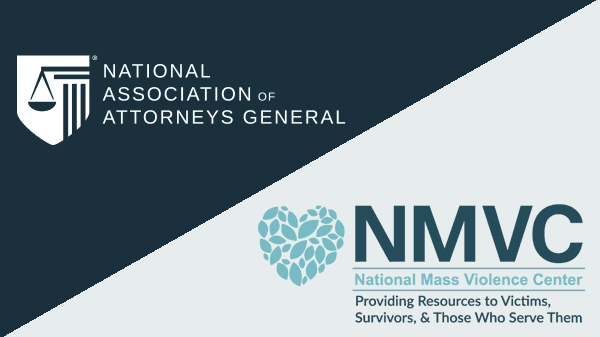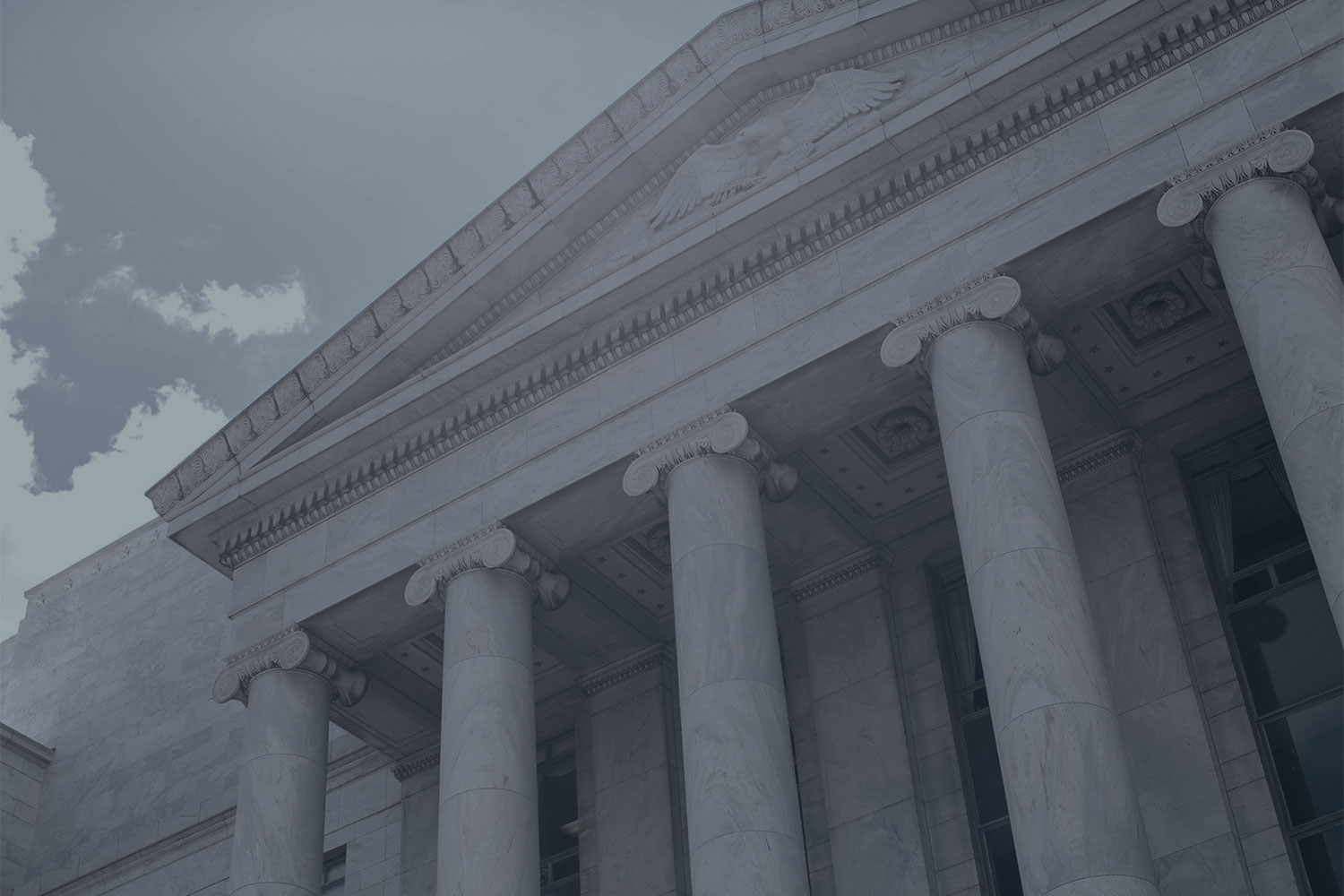In 2017 Hurricanes Harvey and Irma struck the United States, forcing federal, state, and local officials to scramble to respond. The reactions of the state courts of last resort in Florida (in response to Irma) and Texas (in response to Harvey) reflect a change in the focus on disaster planning in the last decade that puts greater focus and responsibility on courts of last resort and their chief justices. In Florida, the Supreme Court, through its chief justice, was able to order the closure of courts before the hurricane made landfall, independent of the governor’s disaster declaration.1 Moreover, the chief justice over the next several weeks was able to suspend various procedural deadlines both statewide and on a county-by-county basis as needed.2 In contrast, Texas’s Supreme Court, jointly with the Court of Criminal Appeals, had to wait until a declaration of disaster was made by the governor before issuing orders closing and moving courts and suspending deadlines. Those orders were limited to a maximum of 30 days at a time, and were later renewed by the courts.3 The responses in both states reflect the different statutory and constitutional confines in which the judiciary operates during a disaster.
September 11 and Hurricane Katrina: Confusing Roles and Replicabilities
Historically, state courts in the United States have operated in a decentralized and localized fashion. This has meant relatively little administrative and managerial authority in the hands of the court of last resort and its chief justice. With respect to disaster planning and recovery, that began to shift noticeably after the events of September 11, when it was New York’s governor who directed the closure of certain courts and the suspension of some procedural and statutory court deadlines.4 Executive branch authority to order courts closed leads to two questions: should the executive have such power and, in the alternative, would that power not be better exercised by the courts themselves as a separate branch of government? These questions re-emerged in the aftermath of Hurricane Katrina in Louisiana. There the Louisiana State Bar Association, the Louisiana Trial Lawyers Association, and the Louisiana Association of Defense Counsel jointly asked the governor to suspend legal deadlines, which she did via executive order. Shortly thereafter, however, a second executive order was issued that continued to extend the deadlines but acknowledged the Louisiana Supreme Court’s power to shorten or lift the suspensions.5 Eventually, the legislature came into session to effectively ratify the governor’s actions, but the ambiguity remained.6
Codifying and clarifying
After Katrina, state legislatures began to enact statutes that codified and clarified the power of the high courts in this area. These laws focused on three key areas: moving locations, moving judges, and moving deadlines.
Relocating Courts: Many state statutes require that a court sit at a particular place, building, or more broadly the “county seat.” Statutes and court rules adopted in the last decade allow for the temporary relocation of the court outside its normal geographic boundaries. An example of this was Ohio’s 2014 law, which allows for the administrative judge of a court (Municipal, County, divisions of Common Pleas, and Court of Appeals) to allow the court “to operate at a temporary location inside or outside the territorial jurisdiction of the court.”7 In 2009, Delaware placed similar authority in the chief justice to move court locations to areas outside their normal geographic jurisdiction.8
Relocating Judges: While most states have enabled their chief justice or the state court of last resort to move judges from their location, the focus of state statutes was to provide temporary relief to handle congested dockets or to cover a situation where the resident judge(s) were all recused from a case. Several states allowed local judges to make arrangements for relocation among themselves but had no explicit provision allowing the chief justice or court of last resort to make any such transfers. Moreover, several states require the local/resident judge to request and/or consent to the temporary transfer into their court of another judge.9 After disasters, when communications are down for prolonged periods of time, states with such consent requirements found their hands tied.
Suspending deadlines: As noted, one of the legal questions arising from September 11 and Hurricane Katrina was whether it was either constitutional or a best practice to have the executive able to suspend court procedural deadlines. Governors in the various states have cited laws allowing them to suspend “rules” during a disaster, but do such “rules” include court rules established by the judiciary, often based on their own constitutionally established rulemaking authority?10 Moreover, even in those states with no specific language in the state constitution regarding the rulemaking power of the judiciary in general, or the court of last resort in particular, could the high court be given the power to suspend the deadlines? As seen in the Texas example noted above, the Texas legislature’s 2009 enactment allowed that state’s high courts to suspend deadlines but only for a limited time (30 days).11
Reliance on executive action/declaration
While states have sought to clarify the power of chief justices amid disaster, they remain divided on whether or not that power may be exercised in the absence of an executive declaration.
The chief justices of Hawaii12 and New Hampshire13 must rely on a declaration of disaster or emergency by the governor before they can act. Contrast this with Florida, where the chief justice was able to act independently of the governor since the state’s constitution vested in the Florida Supreme Court the power to adopt rules for practice and procedure in all courts and granted the high court “administrative supervision of all courts.”14 Additionally, the Florida Chief Justice is the chief administrative officer of the judicial system.15 Under these provisions, the Florida Supreme Court adopted a rule granting the Chief Justice the power to close courts and to suspend, toll, or otherwise grant relief from time deadlines. 16 Other states have similarly granted their chief justices/courts of last resort the power to act without having to rely on executive action. Since 2009, Delaware’s chief justice has been able to declare judicial emergencies.17 Also since 2009, North Carolina’s chief justice is able to determine if “catastrophic conditions” (as defined by statute) exist in a county, separate from the governor’s determinations of whether a particular county has been declared a disaster area.18 A 2013 North Dakota law grants a similar power to the supreme court (not to the chief justice alone).19 Virginia’s Chief Justice is able to declare a judicial emergency sua sponte or on request of the governor under a 2010 statute.20
State courts, like other branches of state government, have become more aware of disaster recovery, and state statutes have increased their authority during the past decade. It is likely this trend will continue.
Endnotes
- Supreme Court of Florida, Closure of Florida State Courts in Preparation for Hurricane Irma, Administrative Order AOSC 17-46 (September 6, 2017); available at http://www.floridasupremecourt.org/clerk/adminorders/2017/AOSC17-46.pdf.
- See generally Supreme Court of Florida, Emergency Requests to Extend Time Periods Under All Florida Rules of Procedure (Hurricane Irma Orders), available at http://www.floridasupremecourt.org/clerk/adminorders/2017/index.shtml”>http://www.floridasupremecourt.org/clerk/adminorders/2017/index.shtml.
- Supreme Court of Texas/Court of Criminal Appeals of Texas, Emergency Order Authorizing Modification and Suspension of Court Procedures in Proceedings Affected by Disaster, Administrate Order 17-9091 (August 28, 2017). See also Supreme Court of Texas, Emergency Order on Statutes of Limitations in Civil Cases, Administrative Order 17-9098 (August 29, 2017); available at http://www.txcourts.gov/supreme/administrative-orders/2017/.
- Mark C. Dillon, An Overview of Tolls of Statutes of Limitations on Account of War: Are They Current and Relevant in the Post-September 11 Era?, 13 N.Y.U. J Legis. & Pub. Pol’y 315 (2010).
- See Exec. Order No. KBB 05-32, La. Reg. 2169 (Sept. 6, 2005) (suspended legal deadlines until September 25, 2005); Exec. Order No. KBB 05-48, La. Reg. 2352 (Sept. 23, 2005) (extended Executive Order Number KBB 05-32 and acknowledged the supreme court’s constitutional authority to shorten or lift the suspension of deadlines through court order); cited in Greg G. Guidry, The Louisiana Judiciary: In the Wake of Destruction, 70 La. L. Rev. 1145 (2005).
- See La. Rev. Stat. Ann. §§ 9:5821-:5825 (2009) cited in Greg G. Guidry, The Louisiana Judiciary: In the Wake of Destruction, 70 La. L. Rev. 1145 (2005).
- Sub.H.B. 290, 130th Gen. Assemb. (Ohio 2014).
- 77 Del. Laws ch. 30 (2009).
- See, e.g., Ga. Const. Art VI, Sec 1, Para III (“Provided the judge is otherwise qualified, a judge may exercise judicial power in any court upon the request and with the consent of the judges of that court and of the judge’s own court under rules prescribed by law.”)(emphasis added).
- See Dillon, supra.
- 2009 Tex. Gen. Laws ch. 1281.
- 2006 Haw. Sess. Laws 59.
- S.B. No. 370, 2008 Sess. (N. H.).
- Fla. Const. Art. V, Sec. 2.
- Id.
- Fl. R. Jud. Admin. 2.205(a)(2)(B)(iv).
- 77 Del. Laws ch. 30 (2009).
- 2009 N.C. Sess. Laws 516.
- 2013 N.D. Laws ch. 239.
- 2010 Va. Acts ch.757.






